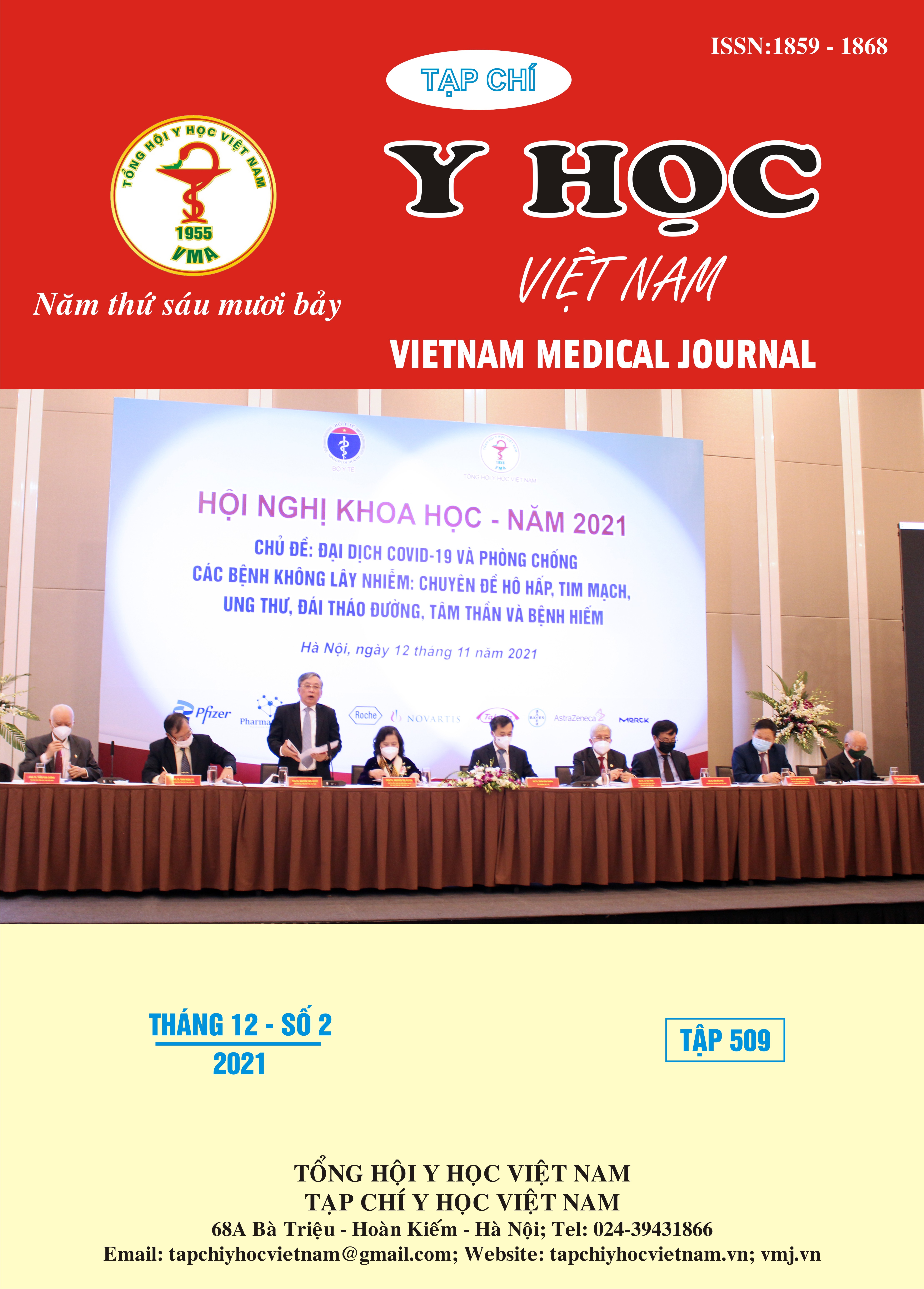RESEARCH INDICATIONS FOR CESAREAN SECTION GROUP I BY ROBSON'S CLASSIFICATION AT HAI PHONG HOSPITAL OF GYNECOLOGY AND OBSTETRICS HOSPITAL
Main Article Content
Abstract
Nowadays, the rate of cesarean section in the world is increasing and is increasing gradually becoming a global health problem. Objective: To study the indications for caesarean section group 1 according to Robson's classification (first-born,cephalic presentation, ≥37 weeks, spontaneous labor) at Hai Phong Obstetrics and Gynecology Hospital. Research object and method: 3457 pregnant women came to the hospital and gave birth at Hai Phong Hospital of Obstetrics and Gynecology. Result: Rate of the cesarean section group 1 was 36.65%, contributing to the overall cesarean section rate of10.67%. Group of causes of labor stopping progress and cesarean section due tofetus and appendages of the fetus accounted for the highest rates of 34.15% and 37.4%%, contributing to the overall cesarean section rate was 12.51% and 13.7%, respectively. Abnormal causes on the mother's part, pelvic head asymmetry or intense contractions accounted for 6.78% lower, respectively; 7.59% and 14.09%. Conclusion: Rate ofcaesarean section group 1 was 36.65%, contributing to the overall caesarean section rate was 10.67%. Requireddeeper intervention in group 1 to reduce the rate of cesarean section.
Article Details
Keywords
cesarean section, rate, first-born
References
2. Nguyễn Thảo Quyên (2016), “Mổ lấy thai chủ động”, Nội san y học sinh sản, 38, pp.19.
3. Gholitabar M., Ullman R., James D., et al (2011), “Caesarean section: summary of update NICE guidance”, BMJ, 343, pp.d 7108.
4. Lê Quang Thanh (2016), “Chiến lược giảm tỉ lệ mổ lấy thai”, Hội nghị sản phụ khoa Việt Pháp lần thứ 16, pp.33-49.
5. Vương Tiến Hòa (2004), “Nghiên cứu chỉ định mổ lấy thai ở người đẻ con so tại Bệnh viện Phụ sản Trung ương năm 2002”, Tạp chí nghiên cứu y học, 21 (5), pp.79-84.
6. Robson M., Hartigan L., Murphy M., (2013), “Methods of achieving and maintaining an appropriate caesarean section rate”, Best practice & research Clinical Obstetrics & Gynaecology, 27 (2), pp.297-308.
7. Đỗ Quang Mai (2007), “Nghiên cứu tình hình mổ lấy thai ở sản phụ con so tại Bệnh viện Phụ sản Trung ương trong 2 năm 1996-2017”, Luận văn tốt nghiệp Thạc sĩ y học, Trường Đại học Y Hà Nội.
8. Phạm Bá Nha (2008), “Nghiên cứu về chỉ định mổ lấy thai tại Khoa sản Bệnh viện Bạch Mai năm 2008”, Đề tài nghiên cứu cấp cơ sở, Trường Đại học Y Hà Nội.
9. Schantz C., Ravit M., Traore A., et al (2018), “Why are caesarean section rates so high in facilities in Mali and Benin?”, Sex Reprod Health, 16, pp.10-14.


